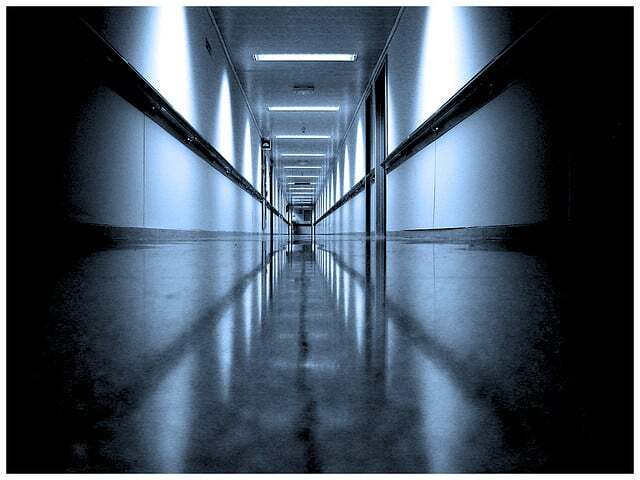
Hospitals are continuously bombarded with safety regulations by a number of agencies (TJC, JCAHO, etc.) put in place to improve preventable errors and death. While the focus on a safety culture is continuously increasing, important safety numbers have stagnated, not improving in a decade of time.
This begs the question: are regulations and committees helping or hindering improvement?
Where does hospital safety stand today?
It is also agreed that this rate has not declined in the past decade, which is astounding given the intensity and cost of quality improvement. This represents an ongoing rate of 40,000 preventable errors daily.
The time, effort and cost invested by safety and regulatory organizations is huge and their impact on hospital quality improvement efforts are direct and very influential.
It is widely accepted that the rate of preventable deaths is at least 100,000 annually.
This should raise the question of the effectiveness of current efforts given the size, scope and cost of the organizations heading efforts.
Additionally consider that we are ranked 51st in the world for life expectancy at birth (Yes, some will argue it’s because of cultural factors. But 51st - really!?) and, of course, for healthcare cost, we rank #1. We spend nearly 50% more than any other developed nation on healthcare.
4. Technology is often seen as the solution when it may be the problem
This is not advocating that there are not several huge improvements that have been and will be made in technology, simply that pouring additional technologies into all areas of operations has not moved the safety needle.
The breadth and depth of technology deployed in hospitals is immense. Not a day goes by when hospital management is not being forced to evaluate yet another “breakthrough” technology. The question to ask may be that if we have access to such cutting edge technology, why is our preventable death rate unchanged in ten years?
5. There is only time to be reactive
This is not making a case for the status quo, however, quality improvement efforts in hospitals are almost always overwhelmed by the complexity and rate of change imposed on them, along with the anxiety about the consequences of not meeting the imposed requirements. As with the technology question above, if this rate of change was truly beneficial wouldn’t the safety needle be moving?
The lack of stability in regulatory approaches leaves quality and frontline staff only the time to be reactive. The major regulatory agencies are constantly changing the rules.
Conclusion:
In a perfect world, frontline managers would have a single set of regulatory guidelines to comply with.
Hospital leadership needs to insist that the requirements they are asked to meet by external agencies do indeed improve patient safety and quality of care, as it is proven that this has not been the case over the past decade.
Executives and quality improvement managers cannot exclusively focus on meeting regulations. A significant effort must be made to proactively check the reliability of systems and processes, and once that is accomplished, hospitals will be set out on the path to high reliability.
- Don Death, CEO
